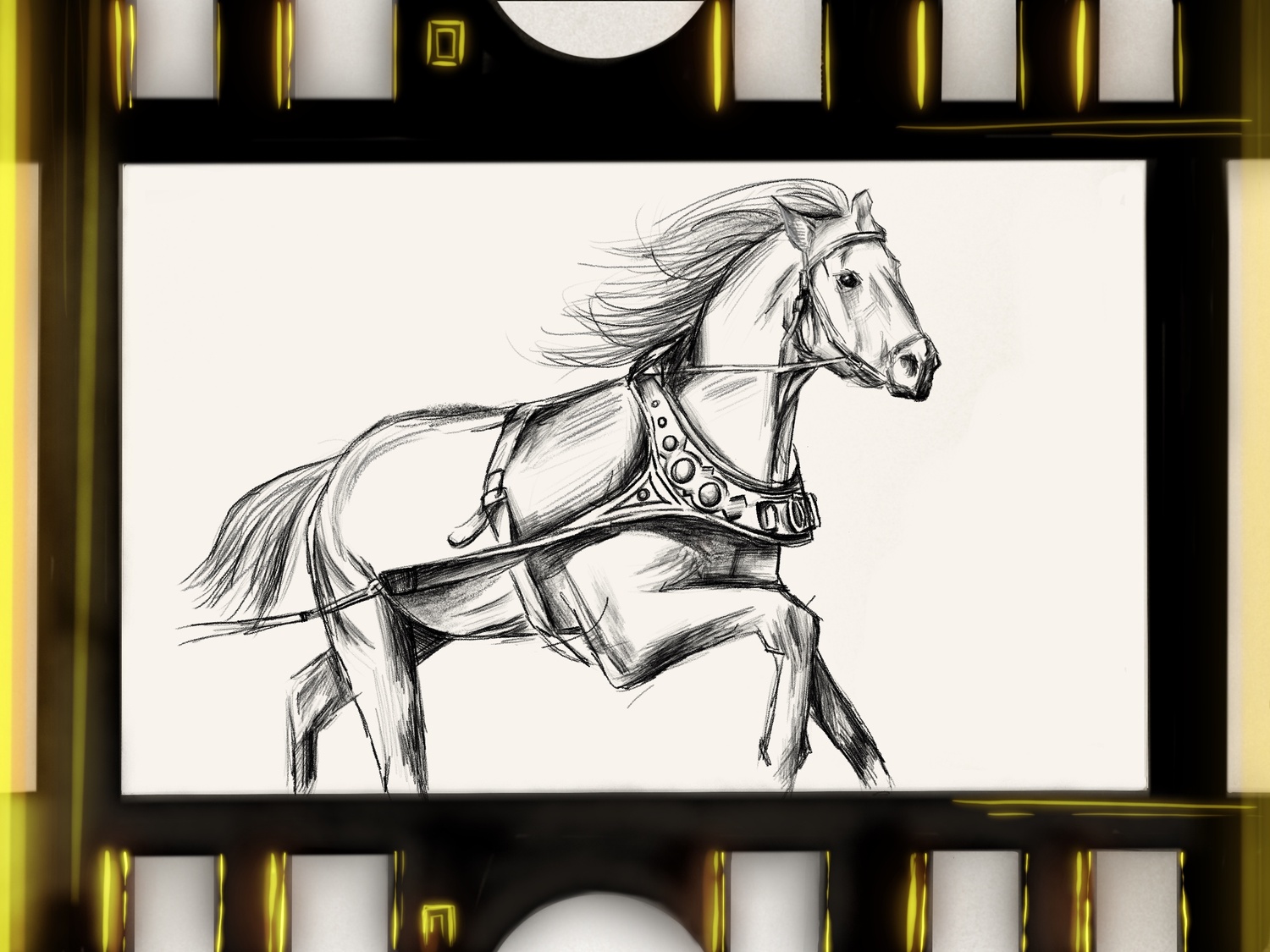
News
Steps from Harvard’s Gates, Conservative Conference Speakers Embrace Funding Cuts and ‘European Majority’ in America

News
Design Dispute Embroils Allston I-90 Project as Deadline Nears

News
Cambridge Historical Commission Approves Chabad’s Demolition Plan

News
NCAA Bars Transgender Women From Competing In Women’s Sports Following Trump Executive Order

News
Residents, Former Staff Allege Hostility and Unsanitary Conditions at Bay Cove Shelters
‘Ben-Hur’ 65 Years Later and the Lasting Popularity of Epics

Of all the film genres, the epic is one of the hardest to define. Must it be a period piece? Must the plot center on a hero? Why is “East of Eden” (1955), with its relatively meager runtime of 117 minutes, considered an epic, even though it only captures a portion of John Steinbeck’s magnum opus?
“Ben-Hur” (1959), which celebrated its 65th anniversary this past November, stands as a quintessential example of everything an epic is and should be. Directed by William Wyler, the film’s impressive length, scope of storytelling, and lavish production set the standard for a quality epic.
The film begins in 26 B.C.E. and centers on the Jewish prince Judah Ben-Hur, who lives with his mother and sister in Judea. When Judah criticizes the role of the Roman Empire in the Judean province to his childhood best friend, Messala, now a Roman tribune of the province, the two come into conflict. Messala then condemns Judah to the galleys over an accidental violation of Roman law, and Judah vows revenge.
It is important to not only understand the content of the film, but the societal context in which the epic was produced. “Ben-Hur” was developed and released at the tail end of the Golden Age of Hollywood. As Americans began turning to television rather than movie theaters for entertainment in the ’50s and ’60s, Hollywood experimented with increasing the size of the screen to attract audiences away from the television, prompting a widescreen revolution in the early 1950s that had lasting effects beyond that decade. Epic films, like “The Robe” (1953), “Around the World in 80 Days” (1956), and “The Great Escape” (1963), were ideally suited for wider aspect ratios, drawing audiences in with a visual spectacle beyond what television could offer.
Following a massive $14.7 million marketing campaign, “Ben-Hur” premiered on Nov. 18, 1959. The contemporary response from film critics was almost universally positive. Most praised the film as a magnificent cinematic achievement, and “Ben-Hur” went on to win 11 out of its 12 Academy Award nominations. Even now, it remains a staple on lists of the greatest films of all time.
So why was “Ben-Hur” so successful? And why does it still hold up today? When citing the film’s strengths, the first scene that comes to mind is the nine-minute chariot race between Judah and Messala. Widely regarded as one of the greatest action sequences in film history, it serves as a microcosm of the grandeur of the movie itself. The race was shot in an arena that was the largest film set ever constructed at that time. This choice showcases the film’s grand scope — not only of the specific scene but throughout the entire production. Planning for the chariot race lasted nearly a year, representative of the meticulous effort put into the making of the epic.
The daring stunts in the race highlight the excitement and adventure of “Ben-Hur,” despite its lengthy runtime.
Miklós Rózsa’s sweeping and influential score, heard during the entire movie from its most tender moments to its most intense scenes of rage, perfectly complements the action of the race. The chariot race is a perfect snapshot of the cinematic magic of “Ben-Hur” — a seamless fusion of elements such as cinematography, production design, and film editing that is greater than the sum of its parts.
While it might seem that epics like “Ben-Hur” would not find success in 2024, given the well-known trend of shorter attention spans among modern audiences, movies are indeed getting longer. This increase can be attributed to several factors: advancements in digital film technology, the proliferation of multiplexes that can showcase a film on multiple screens simultaneously, and the rise of streaming platforms, which provide directors with more creative freedom and reduced the pressure to trim their films for theatrical release. Many of these longer films have become critical or commercial successes. Just in the past three years, critics and audiences have raved over epics like “Dune: Part Two” (2024, 166 minutes), “Oppenheimer” (2023, 180 minutes), and “Avatar: The Way of Water” (2022, 192 minutes). Remarkably, the highest-grossing film of all time, adjusted for inflation, is still “Gone with the Wind” (1939) — a nearly four-hour epic — 85 years later.
Audiences are drawn to epics for their awe-inspiring scale, as seen in the carefully crafted world of “Ben-Hur”; their rich storytelling, where the expansive narrative allows characters like Judah to undergo profound transformations; and their breathtaking cinematography and design, evident in the film’s elaborate sets and costumes. 65 years after its release, “Ben-Hur” remains a touchstone of epic cinema and continues to captivate audiences across generations. As long as there are stories to tell, the epic will have a place on the silver screen.
—Staff writer Elizabeth E. Choi can be reached at elizabeth.choi@thecrimson.com.
Want to keep up with breaking news? Subscribe to our email newsletter.
